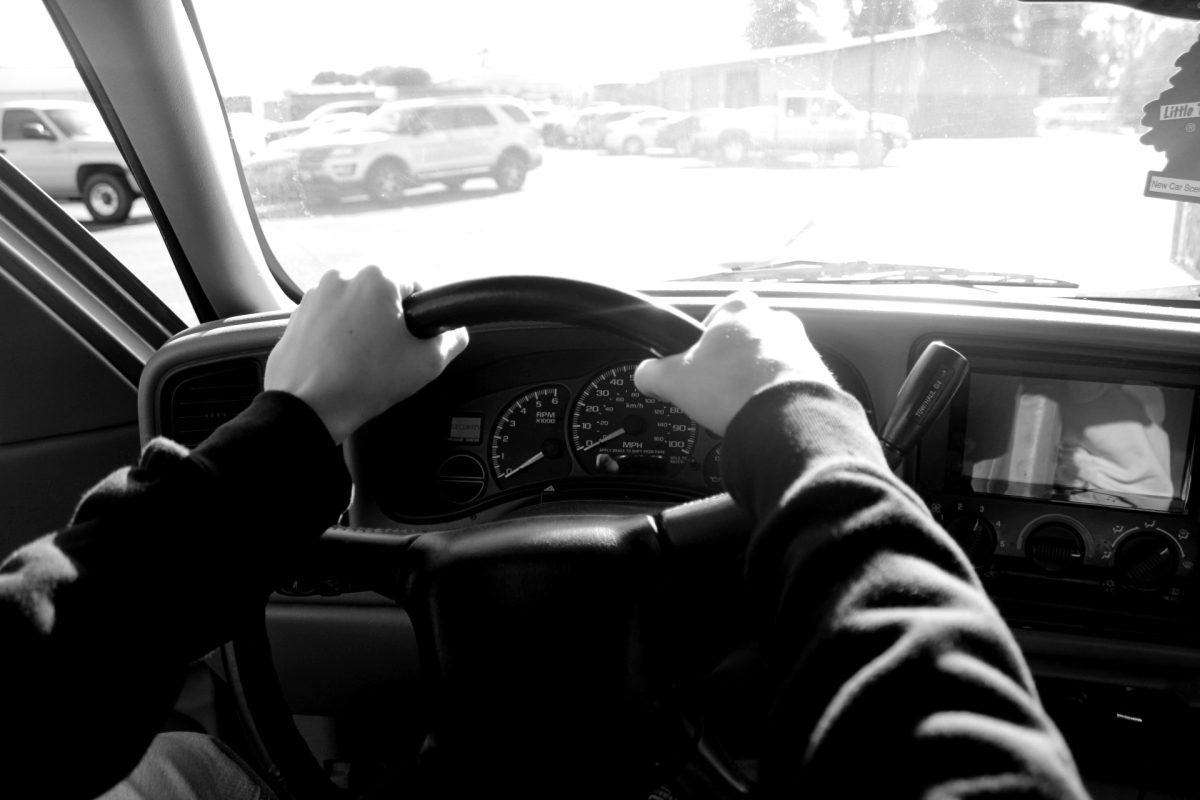Driver’s Education is an essential program designed to teach new drivers the rules of the road, driving techniques, and the importance of safety behind the wheel. This course not only prepares individuals for the written and practical driving tests but also instills a sense of responsibility and awareness that is crucial for reducing accidents and promoting safe driving habits. By providing a comprehensive understanding of traffic laws and vehicle operation, Driver’s Ed plays a vital role in shaping confident, knowledgeable, and cautious drivers, ultimately contributing to safer roads for everyone.
The ideal age to start taking a Driver’s Ed class is typically around 15 or 16 years old. At this age, teenagers are beginning to mature and develop the cognitive skills necessary for safe driving. Starting Driver’s Ed at this age allows young drivers to gain plentiful amounts of practice and experience before they are eligible for their driver’s license. Early education in driving helps instill good habits and a strong understanding of traffic laws from the very beginning. Additionally, it provides a structured environment where teens can learn from experienced instructors, reducing the likelihood of developing bad driving habits. By starting Driver’s Ed at 15 or 16, young drivers are better prepared to handle the responsibilities of driving, making the roads safer for everyone.
Only some schools offer Driver’s Ed due to a variety of factors, including budget constraints, availability of qualified instructors, and different state regulations. Schools with limited resources might prioritize other academic programs, leaving Driver’s Ed as a low priority. Some areas might have private driving schools that fill the gap, reducing the need for schools to offer their own programs. If your school is lucky enough to have a Driver’s Ed program then you should take the first opportunity you get to join.
Enrolling in school-based Driver’s Ed programs provides the convenience of learning in a familiar environment with peers, often at a lower cost than private lessons. School-based Driver’s Ed is typically well integrated with the school’s schedule, making it easier to balance with other academic responsibilities. Taking advantage of this opportunity ensures that you receive comprehensive, structured driving education that can set a strong foundation for safe driving practices.
At most schools Drivers Ed is mandatory. In fact, in the state of California it is mandatory for young motorists to complete a driver’s education program before they can get their provisional license. Between the ages 15 ½ to 17 ½, the California Department of Motor Vehicles requires that you complete 30 hours of driving education in order to get your learners permit. Once you’ve completed your learners permit test you must hold it for 6 months at the minimum to take your drivers test. Most don’t pass their test the first time at the success rate of 44-50%, but if you take drivers ed classes along with constant studying you could have a higher success rate than others.







